Shutter Angles
Conversations with DPs, directors and below-the-line crew by Matt Mulcahey
-
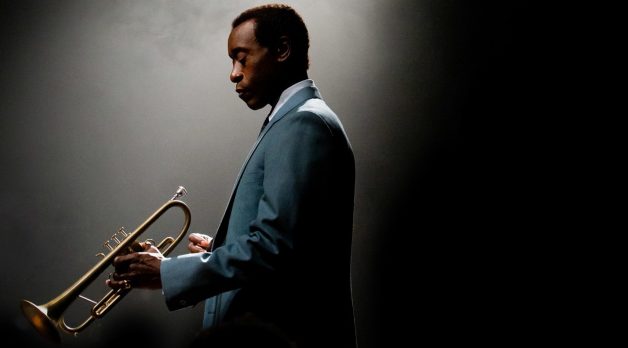 A Miles Davis Fever Dream: DP Roberto Schaefer on Miles Ahead
A Miles Davis Fever Dream: DP Roberto Schaefer on Miles Ahead
Like many aspiring filmmakers, cinematographer Roberto Schaefer spent his youth fermenting his imagination by creating his own backyard epics. But unlike your typical kid – who concentrates on, depending on the era, recreating Harryhausen or Spielberg or maybe just blowing up G.I. Joes with M-80s on camera – Schaefer crafted abstract, experimental 8mm films. “I did do a couple of stop-motion things, but I was always more into art than movies growing up,” Schaefer said. “I liked going to the movies, but I wasn’t thinking about making movies like the ones I saw at the theater. I was thinking about… Read more
-
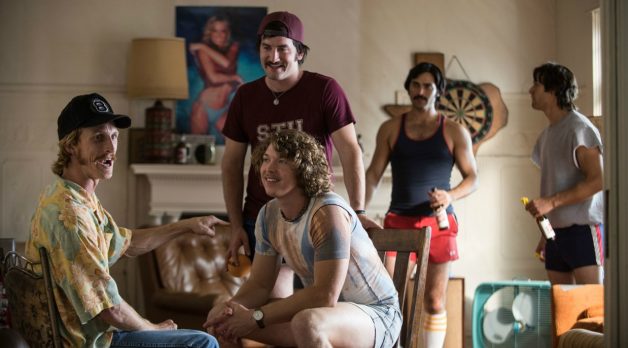 “OK, Storaro, Let’s Go”: DP Shane F. Kelly on Working with Richard Linklater and Everybody Wants Some!!
“OK, Storaro, Let’s Go”: DP Shane F. Kelly on Working with Richard Linklater and Everybody Wants Some!!
After a decade working with Richard Linklater, cinematographer Shane F. Kelly has learned that the most important rule on a Linklater set is that the performers have primacy. “Rick wants you to provide him with a stage for his actors to work within. So as a DP you can’t really be too controlling,” Kelly said. “He wants the actors to have freedom of both performance and movement and if I try to restrict that, I’ll get a little nod from Rick.” It’s a lesson Kelly learned in his first collaboration with Linklater on 2006’s A Scanner Darkly, when the Irish-born… Read more
-
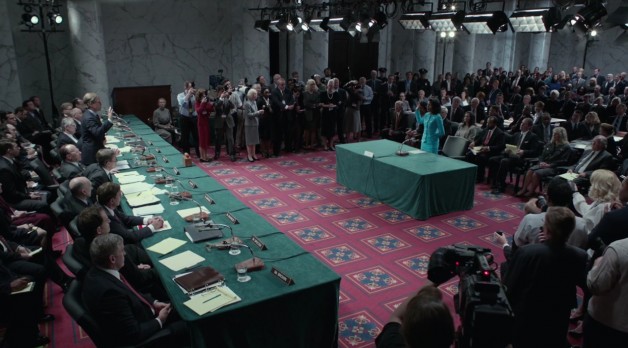 Managing Anamorphics in 16:9 and the HBO Learning Curve: DP Rachel Morrison on Confirmation
Managing Anamorphics in 16:9 and the HBO Learning Curve: DP Rachel Morrison on Confirmation
During our talk about her work on HBO’s Confirmation, cinematographer Rachel Morrison lamented that “as a DP you wish you had total freedom to tell whatever story you want to tell, however you want to tell it.” Of course, that’s not the reality of production. Parameters are always imposed – whether they are budgetary restrictions or technological specifications. Morrison talked to Filmmaker about working within her given parameters – including a 16:9 aspect ratio, losing the hero location shortly before production, and dealing with the garish decor of the early 1990s – to craft HBO’s reconstruction of the acrimonious Clarence… Read more
-
 DP Jeff Cutter on Shooting 10 Cloverfield Lane in Near-Sequence, Dragon vs. Alexa and Six Specific Shots
DP Jeff Cutter on Shooting 10 Cloverfield Lane in Near-Sequence, Dragon vs. Alexa and Six Specific Shots
Because the wheels of the movie machine turn slowly, timeliness is not among cinema’s primary virtues. Thus when a movie reflects an aspect of the cultural zeitgeist, it’s either an act of Nostradamian foresight or sheer luck. I don’t know which is the case with 10 Cloverfield Lane, but there’s something about this tense three-hander—which finds a paranoid middle aged white man (John Goodman) fighting to preserve his notion of American ideals inside a bomb shelter alongside a young woman (Mary Elizabeth Winstead) who refuses to accept his envisioned role—that feels right at home in a world where a President… Read more
-
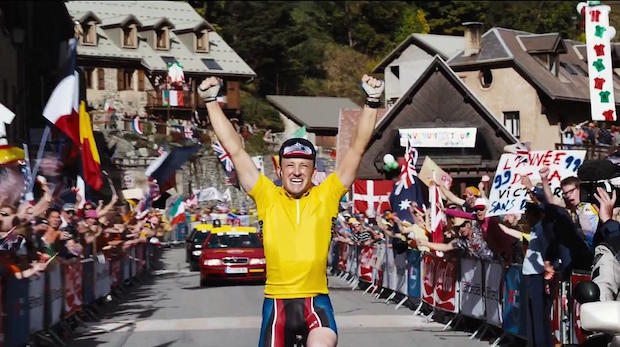 Lance Armstrong as Modern Crime Story: Stephen Frears on The Program
Lance Armstrong as Modern Crime Story: Stephen Frears on The Program
“When I’m out there, physically I’m not more gifted than anybody else. It’s just this desire. This hunger,” intones Ben Foster as Lance Armstrong in the opening narration of The Program. “My mom didn’t raise a quitter and I would never quit. That’s heart, man, that’s not physical. It’s not legs. It’s not lungs. That’s heart. That’s soul. That’s just guts.” That’s the great fallacy of the American underdog sports drama — if you have enough heart and enough guts, you can succeed. It’s the underlying myth of Rocky and even based-on-fact tales of athletic fortitude such as Hoosiers and… Read more
-
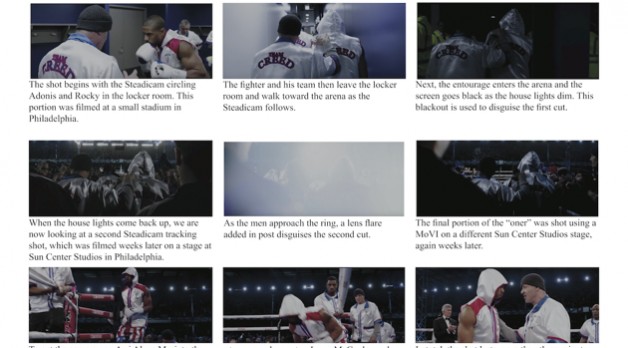 How They Pulled Off Creed’s Two Biggest Shots: A-Camera Operator Ben Semanoff
How They Pulled Off Creed’s Two Biggest Shots: A-Camera Operator Ben Semanoff
There are few moments in cinema as iconic as Rocky Balboa bounding up the steps of the Philadelphia Museum of Art, with Steadicam inventor Garrett Brown galloping alongside him off-screen. The technology for Brown’s camera stabilization system was new enough at the time that the seminal shot required a crew member to sprint behind Brown with two car batteries attached to the camera via jumper cables in order for the rig to function in the cold Philly winter. Creed, an expansion of the Rocky universe from Fruitvale Station director Ryan Coogler, offers a barometer for the Steadicam’s evolution with its… Read more
-
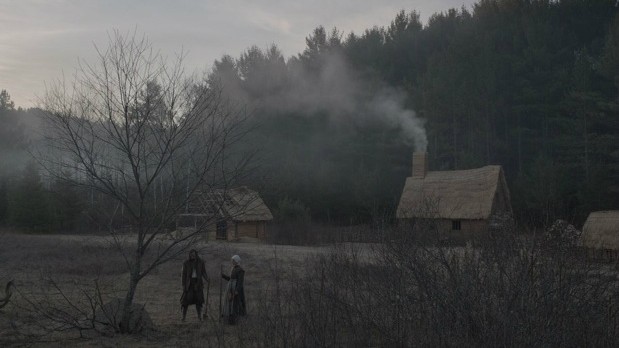 “We Needed the Fresh Urine of a Nanny Goat”: DP Jarin Blaschke on The Witch
“We Needed the Fresh Urine of a Nanny Goat”: DP Jarin Blaschke on The Witch
In the midst of my opening day viewing of The Witch, the screen went black. It wasn’t unexpected considering the multitude of perfectly timed ellipses that punctuate director Robert Eggers’ 17th century tale of a devout Christian family torn asunder. And this particular ellipsis seemed opportunely placed – coming just as the film’s hypothetical dread morphed into tangible terror. But this time, the darkness persisted. The theater’s projector bulb had burned out. Of course, the audience didn’t know that yet. At any other screening, the reaction would’ve been instantaneous. My fellow moviegoers and I would’ve turned to the projector and… Read more
-
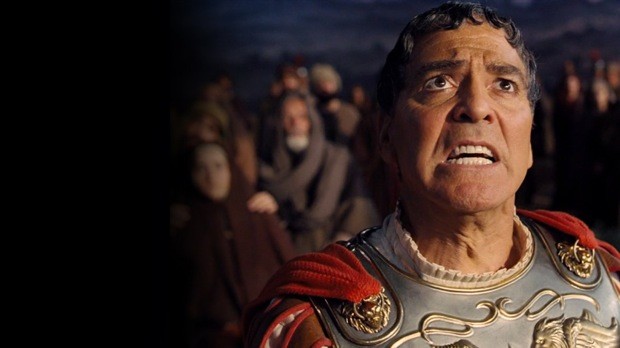 Storyboard Artist J. Todd Anderson on Working with the Coen Brothers and Hail, Caesar!
Storyboard Artist J. Todd Anderson on Working with the Coen Brothers and Hail, Caesar!
J. Todd Anderson likes to say that he’s the first person to see a new Coen brothers movie. As the Coens’ storyboard artist, Anderson is the conduit between the film in Joel and Ethan’s imagination and its first physical manifestation. “My job is to put down on paper what they see in their heads,” Anderson says. “I’m just an interpretive artist. Joel and Ethan come up with the shots. I just draw them.” Anderson has been “just drawing them” for every Coen brothers feature since 1987’s Raising Arizona. The Coens’ latest, Hail, Caesar!, follows a ’50s Hollywood fixer (Josh Brolin) as… Read more
-
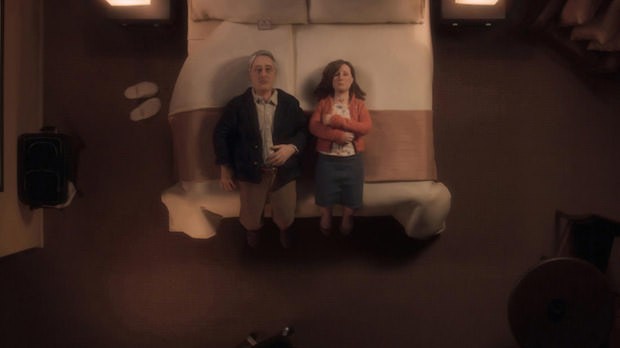 Puppets and Pantyhose: DP Joe Passarelli on Anomalisa
Puppets and Pantyhose: DP Joe Passarelli on Anomalisa
Watching Anomalisa – the painfully human stop-motion animation film from co-directors Duke Johnson and Charlie Kaufman – the same thought flitted through my head as when I viewed The Revenant: “This is incredible, but it was probably a nightmare to work on.” Though free from the threat of hypothermia, the production of Anomalisa offered equally maddening difficulties. A tale of a depressed customer service guru (voiced by David Thewlis) and his fateful one-night stay in a Cincinnati hotel, Anomalisa took the greater part of two years to complete. Collecting mere seconds of usable footage per day, the film’s crew pieced… Read more
-
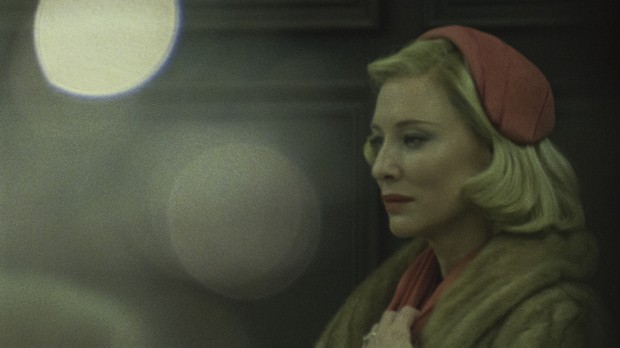 “The Grain of Super 16 Gives the Film Another Layer”: Edward Lachman on Carol
“The Grain of Super 16 Gives the Film Another Layer”: Edward Lachman on Carol
If cinematographer Edward Lachman was inclined towards chasing golden statuettes, he would shoot nothing but ’50s-era forbidden romances for Todd Haynes. Lachman’s initial film to match that descriptor – 2002’s Far from Heaven – earned his first Oscar nomination. This morning Lachman landed his second nod for his work on Carol, another ’50s-set romance, this time between an unhappily married New York housewife (Cate Blanchett) and a budding young photographer (Rooney Mara). Carol marks Lachman’s fourth film with Haynes, highlighting a five-decade career that includes collaborations with Robert Altman, Steven Soderbergh, Todd Solondz, Paul Schrader, Sofia Coppola, and a sizable… Read more
